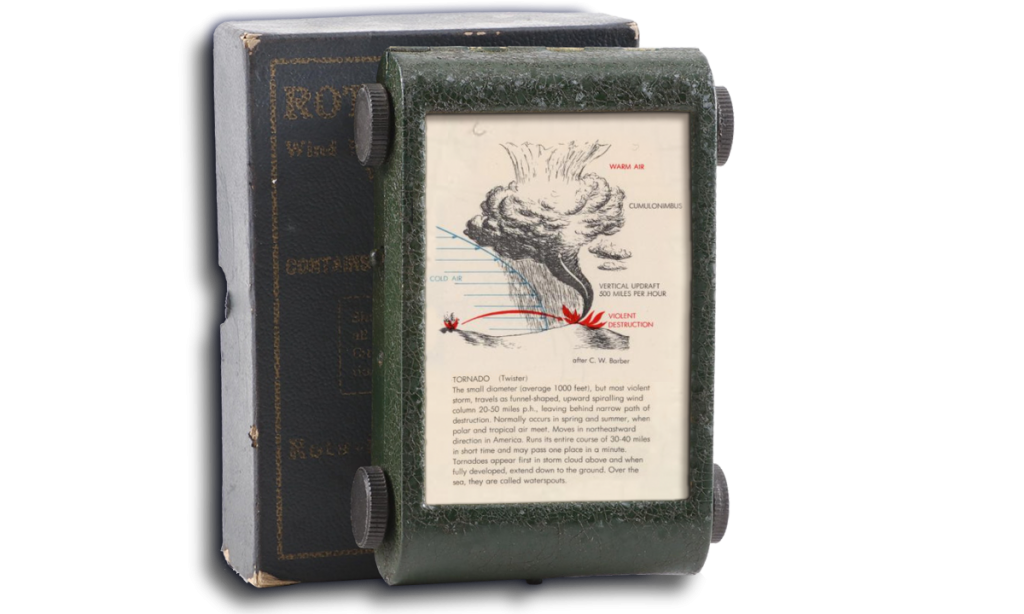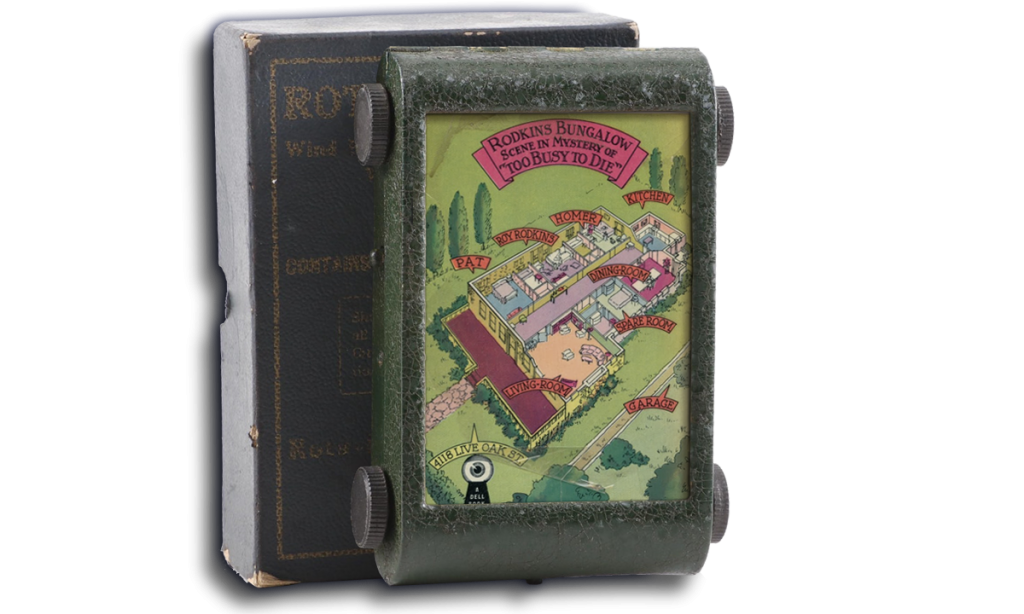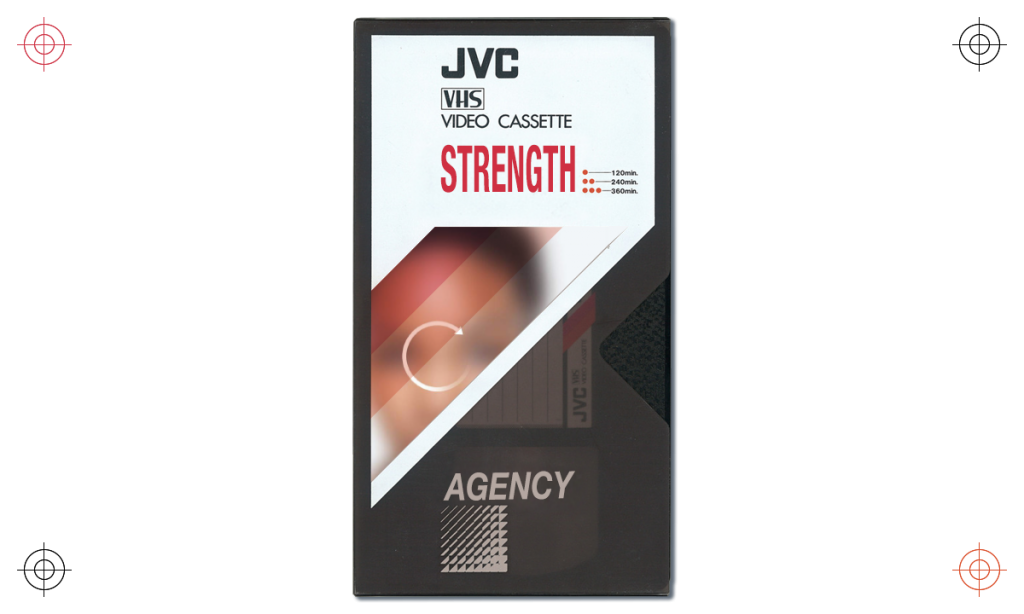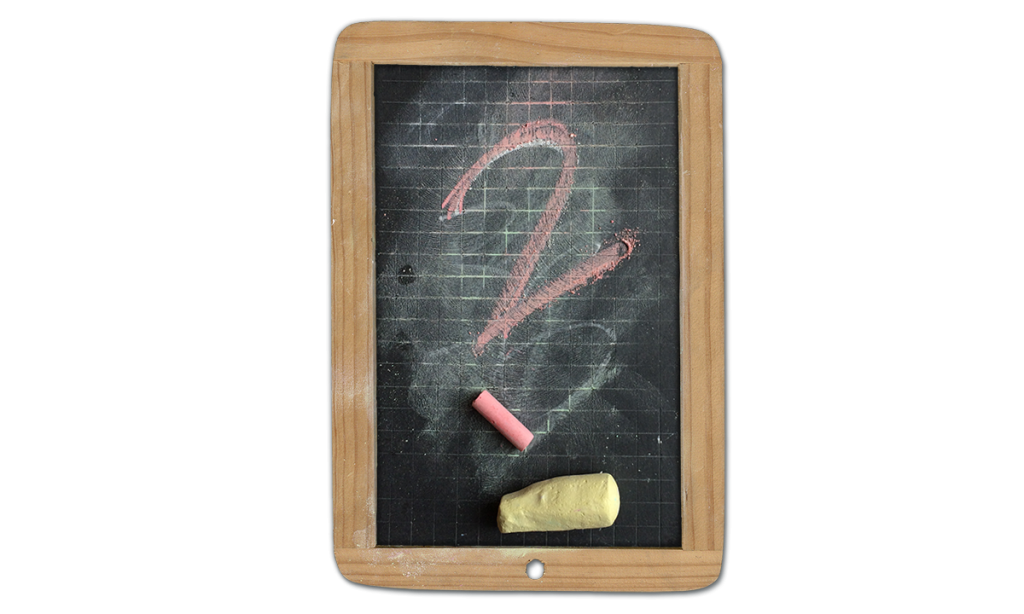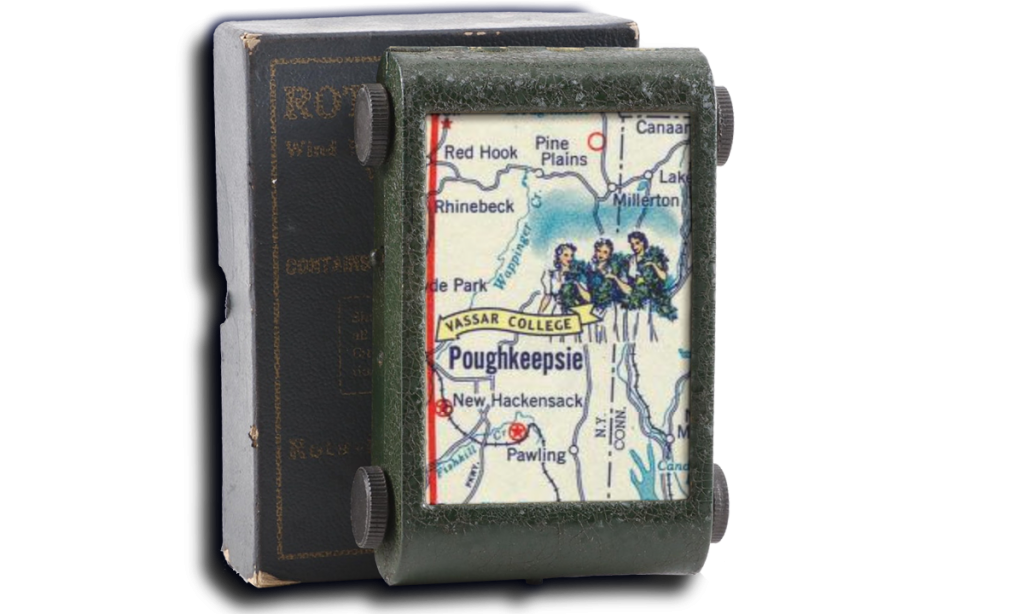
Customer journey map
Synthesising information by sharing honest ideas and creative insights. Everyone is happy with ideas and observations you have documented. The analysis of the observations will create useful insights.
Creating customer journey maps is one of the most satisfying aspects of service design. It is visual thinking at its most powerful. Often for the first time every one will be able to see and understand the user experience.
Continue reading Three of Maps